A beautiful robe in Japanese style can not only emphasize the curves of its owner, but also add even more femininity. Such a robe expresses elegance and mystery. Since the theme of Japan and China is still popular, many order kimono robes for themselves or make them themselves. Although the pattern of this product has changed a little, the products have not lost their elegance.
Modern men's kimonos are also used in various martial arts: karate, judo, etc. This article will tell you what to sew a kimono from, what fabrics and techniques to choose for this, and also how to sew a yutaka.
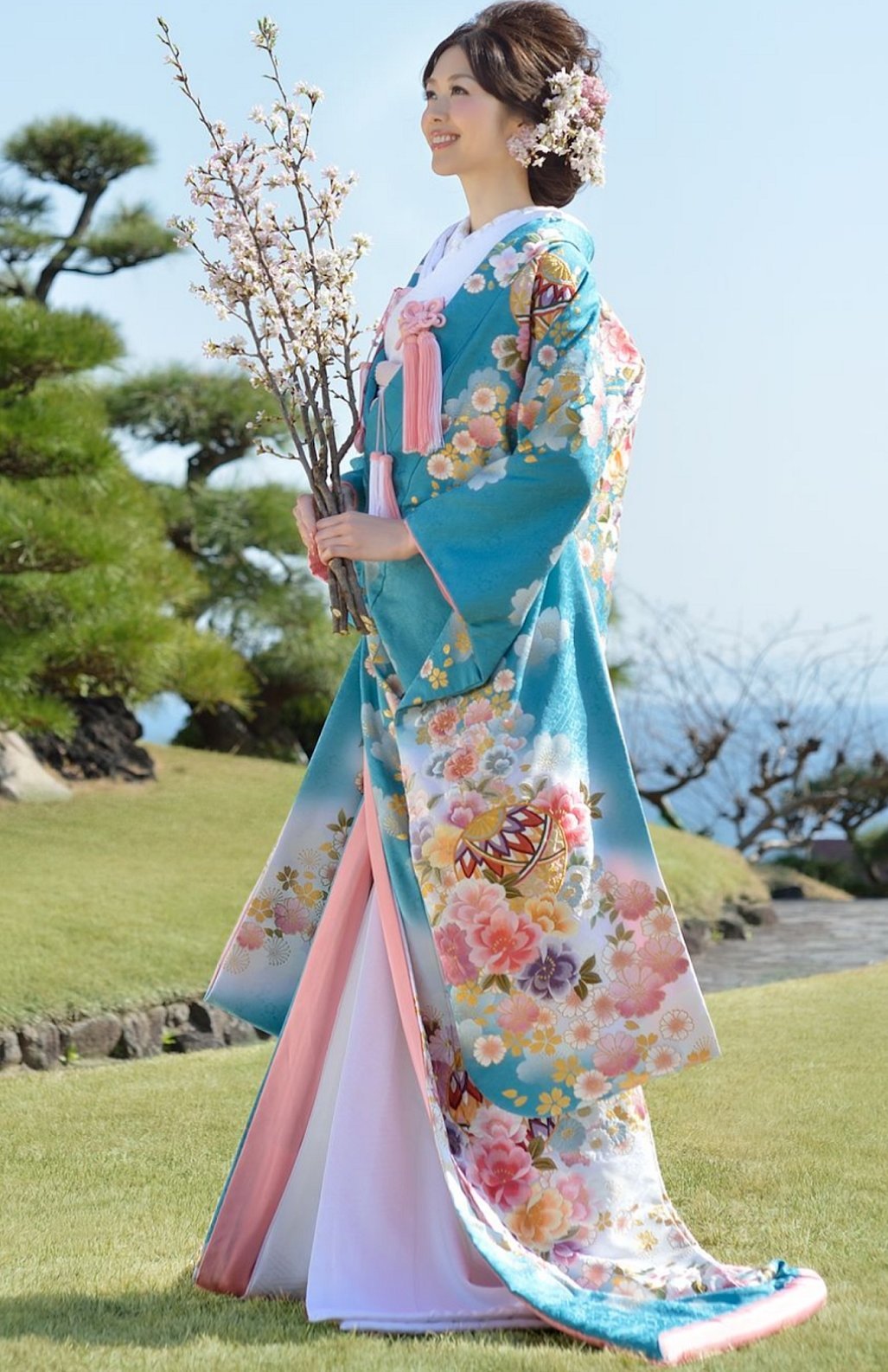
Selection of material
Often, when sewing a kimono robe, they limit themselves to satin, silk or chiffon. These fabrics are weightless and flowy, which is great for home summer clothes. They are pleasant to the touch of the hands and body, and perfectly emphasize the beauty of a woman. If a good fabric is chosen and the sewing is done correctly, you can even meet guests in a kimono.
Important! The kimono base is actively used by various fashion designers to sew evening and toilet dresses for the home. If you want to create a warm and cozy robe, then you should pay attention to terry cloth or velour.
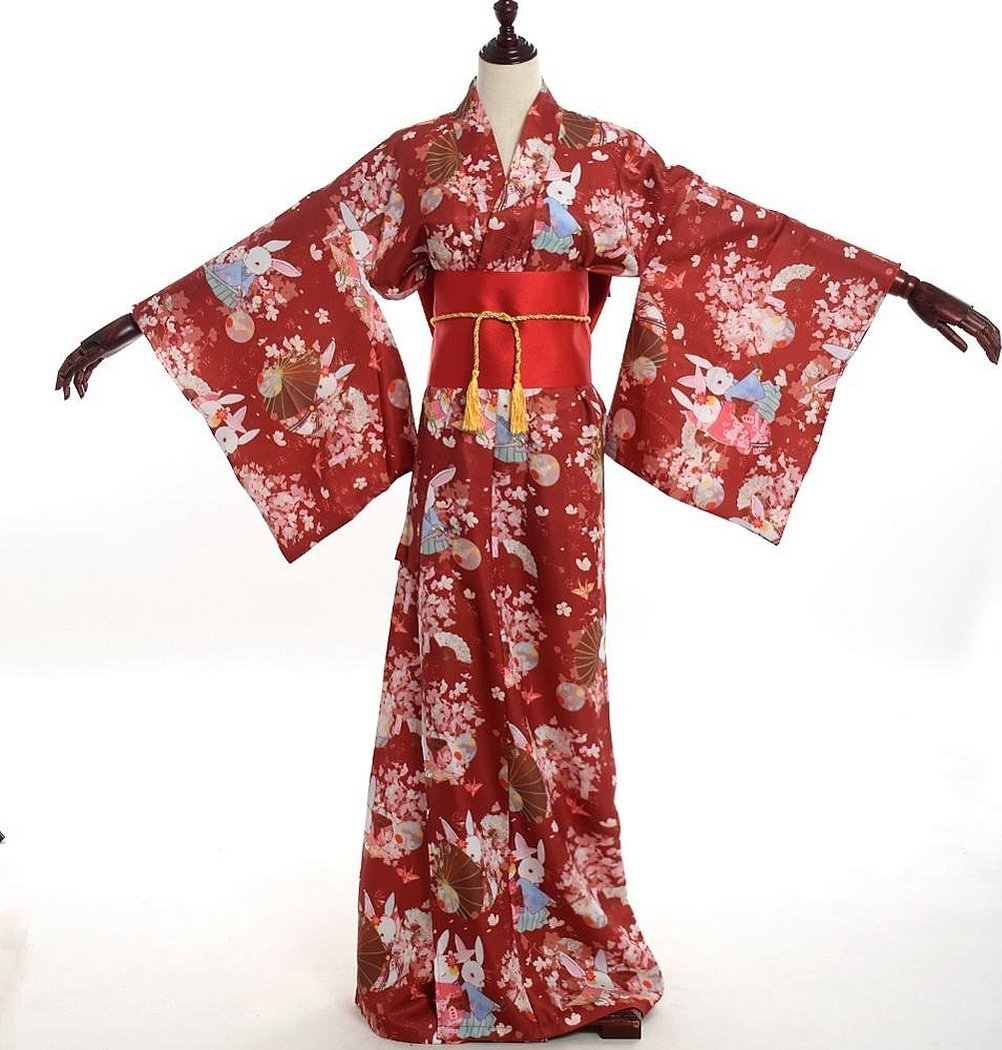
Printed designs with Japanese or Chinese motifs look especially beautiful and feminine on kimono fabrics: blossoming sakura, samurai, birds and mountains. Traditionally, kimonos are made in several colors: white, crimson, red, pink, blue, green. Less often, yellow, burgundy or other shades of red are used.

Features of sewing kimono
Even if the cape is sewn in an adapted form and by one's own efforts, one should still take into account the Japanese style and traditions. In addition to the fabric and pattern, one should also pay attention to other important points. The kimono pattern consists of rectangles, as in the pattern of a women's haori, which greatly distinguishes it from the usual European-style clothing. Rectangular shapes save material well, which can be expensive. Also, in Japan, soft threads are used for this, preventing strong pulling of the fabric.

Another accent of the kimono is on the shoulders and waist, thus hiding all the flaws of the female figure. Europe values the relief of the body, while in Japan the ideal is considered flatness and uniformity.
Important! A traditional feature of wearing kimono is also a kind of makeup that visually enlarges the eyes. Thanks to it and the colorful clothing, Japanese women look like dolls.
Taking measurements
Before you start sewing, you need to take basic body measurements. For a kimono, these are: Ssh, St, Sg, Sb, Di, Ds, Do, Dpt, Dr. The drawing of the future product can be immediately done on the canvas. Further instructions are as follows:
- It’s worth starting with a grid - auxiliary lines;
- The lower edge of the canvas is labeled “Bottom”;
- From the “Bottom” Dee is laid out perpendicular to the fold;
- Down from the starting point, measure Ds + 2 centimeters - the level of the waist;
- Also, from the original down, measure Cg * 1/3 + 10 centimeters - chest level;
- From the fold at chest level, measure Cg * ½ + Pg. It is important to remember that Pg should not be less than 6 centimeters, and the value of Cg * ½ + Pg should not be less than Cb + Pb. Pb can be made minimal - up to 2 centimeters;
- Measure the width of the sprout from the fold on the canvas, equal to Cw * 1/3 + 1.5 centimeters. From the resulting point, which is marked with a cross in the picture, set aside Dp along the original;
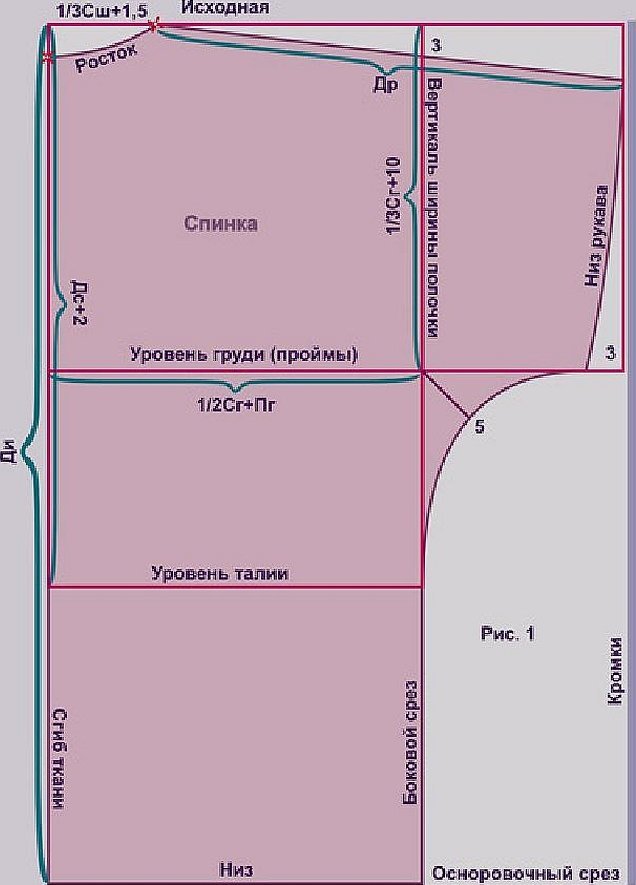
- Measure the depth of the sprout along the fold of the canvas down the original. It is equal to 1/3 of the width;
- Connect all the points of the sprout with a smooth line;
- Tilt the shoulder cut, measuring 3 centimeters down from the original vertical;
- Shorten the one-piece sleeve by 3 centimeters from the side seam;
- Draw a bisector from the corner of the armhole by 5-7 centimeters and smoothly bring out the bottom of the sleeves and the side seam;
- Cut out the back with minimal allowances and place it in place of the shelf;
- Cut out a shelf along the back.
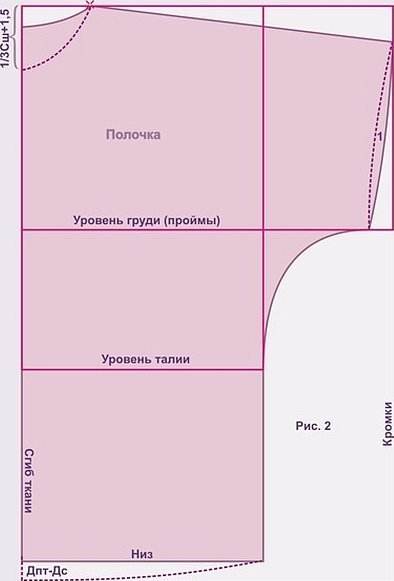
Features of the kimono base pattern
A kimono is a one-size-fits-all robe that will fit any figure. The standard width of a kimono back is 60 cm. It is draped on the figure with the help of a belt and the garment does not seem too big. If more volume is required, wedges are added to the base.
Important! A traditional kimono is made from fabric 30 cm wide. This requires cutting out a stitched back piece, but if the fabric is wider than 30 cm, then this is not necessary, unless, of course, you need to exactly repeat a traditional kimono.
When cutting, only simple geometric shapes are used. The back is a rectangle with a width of 60 cm and the required length. The shelves are 45 cm, and the waist edge is cut at 15 degrees to the neck. The neck is processed from a 10 cm wide fabric shelf. Another feature is the length of the entire product. Usually it is made 20 cm longer than necessary.

Features of the sleeve pattern
The sleeves are also cut out as rectangles. Unlike adapted garments with thin and tight sleeves, a traditional kimono has very wide sleeves, sewn at the corner. The kimono sleeve is sewn into the base not along the full cut, but only along half of it. The larger part of the sleeve, folded in half, falls not on the arm, but on the hanging edge. The open edges that remain are sewn at the corner. This is precisely how this type of kimono is obtained, which distinguishes it from other similar robes.
How to sew a kimono robe without a pattern
To sew, you will need to take a light fabric or a large terry towel. In the second case, you will get a warm and soft robe for the bathroom and bath. Kimono is one of those types of robes that can be sewn without a pattern of the details of the future product from cardboard or paper with their transfer to the fabric. The following sketches will show how this can be done from a rectangular piece of material.
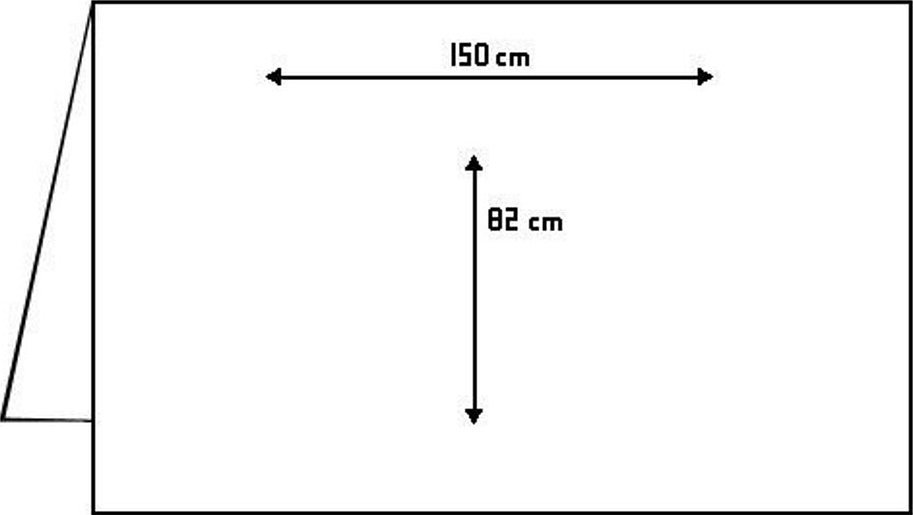
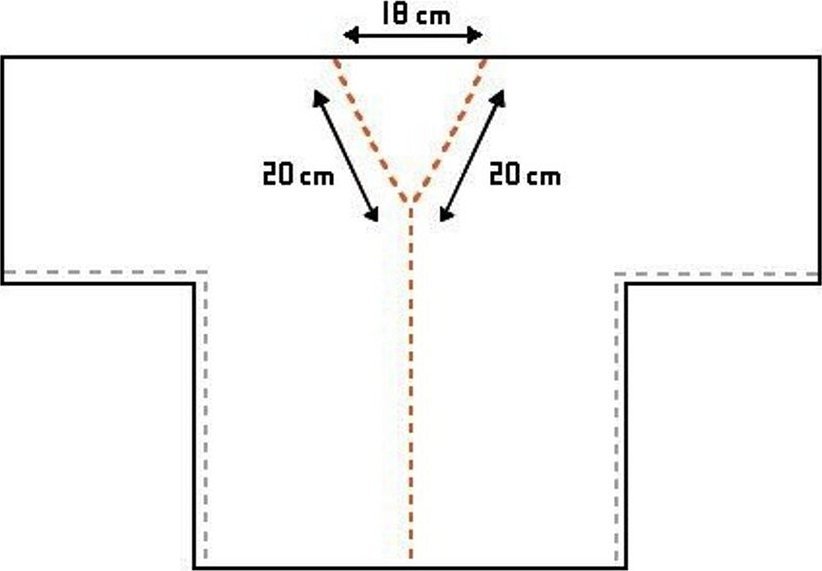
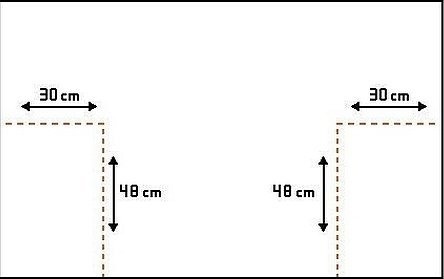
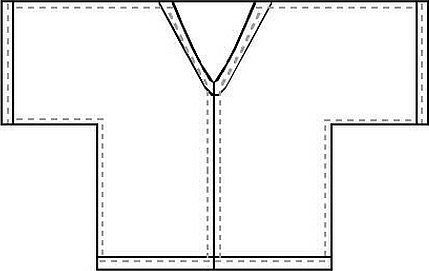
How to sew a yukata: pattern and sewing
Yukata is the same as kimono, but it is made of fabrics with a white and blue or white and gray pattern. It is a type of kimono, which is most often made of cotton. The sleeves of a yukata can be shorter than those of a kimono, but they are still tied with a cord when working. Unlike other types of kimono, yukata may not be made of silk. Such a product is cheaper, worn for going out and on holidays. Sometimes they are slept in. In other respects, including the pattern or sewing, its manufacture, as well as its appearance, is no different from a traditional silk kimono.
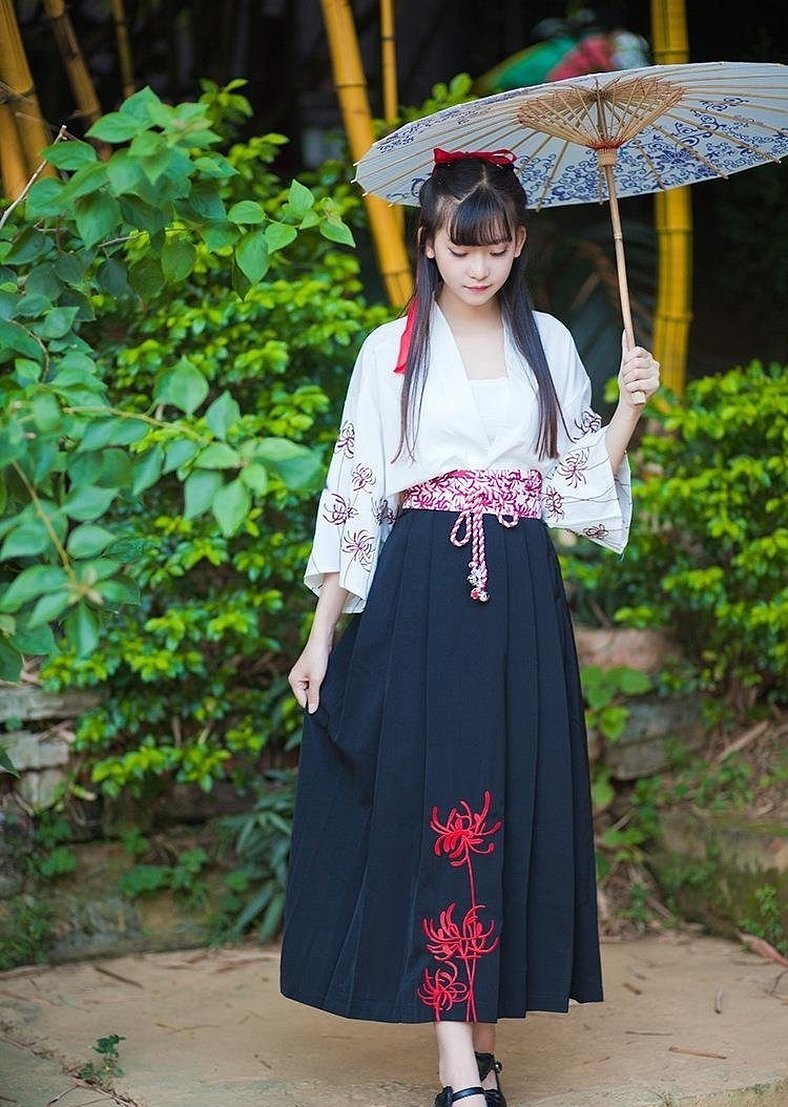
Decorating
To give the product a special feature, it is sewn in multiple layers. Everything depends on the type and purpose of the kimono. One decor can be modest, and another - very provocative. Not only the color and material play a role here, but also the length and transparency.
Traditionally in Japan, girls decorate their kimonos with:
- Laces of different shapes;
- Satin ribbons;
- Laces of different lengths;
- Large jars on the back or on the belt.

How to wear a kimono correctly
In addition to sewing, it will be interesting to learn how to wear the product, what rules should be followed. When putting on a robe, you need to straighten your back, stretch your chin and straighten your shoulders. You need to move smoothly. The act of demonstrating body parts hidden behind the material is considered indecent. This rule is a symbol of the equalization of the beauty of young girls and the fading youth of older women. Although modern Japanese women are no longer so honorable about wearing a kimono, the process of sewing and wearing is still considered a real art.
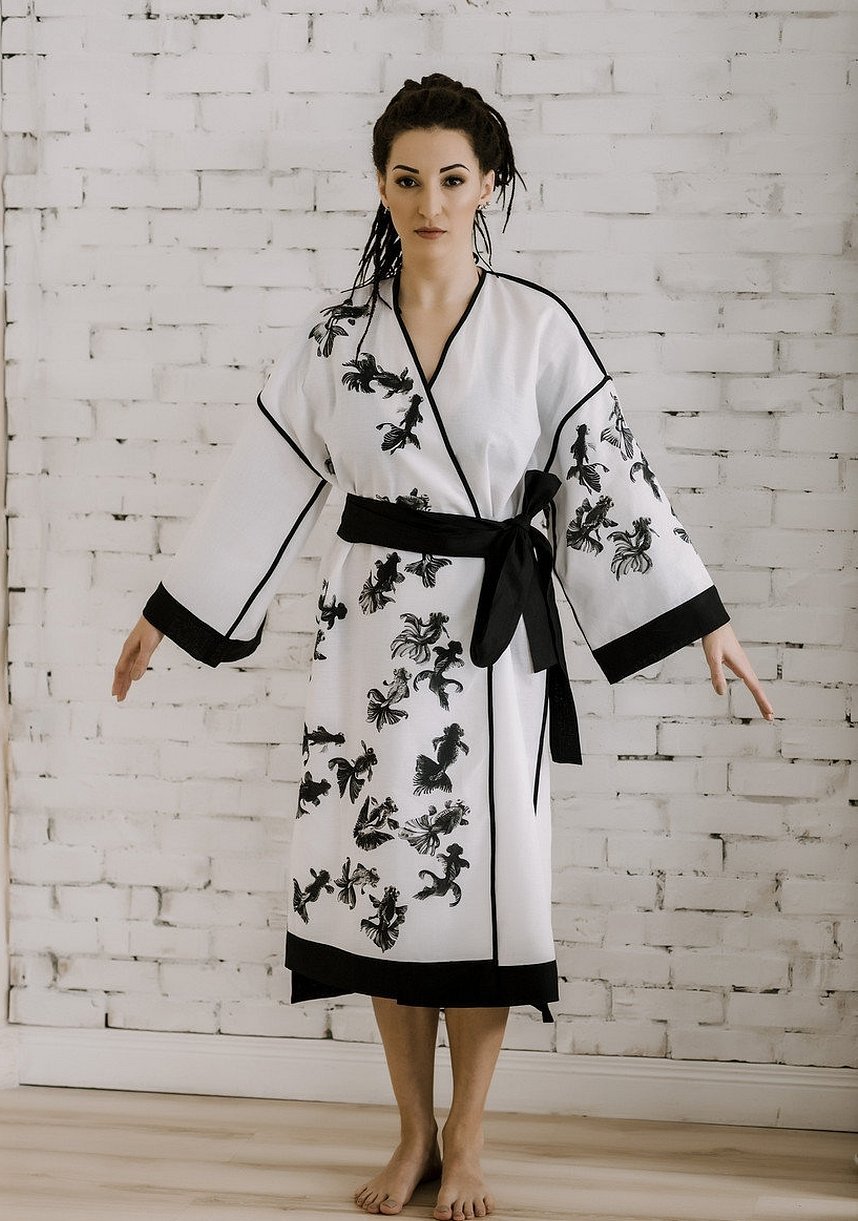
Thus, the pattern of a women's kimono is a simple and exciting process that even novice craftswomen can handle. By sewing such a robe, you can surprise your loved ones and save money on home clothes.




